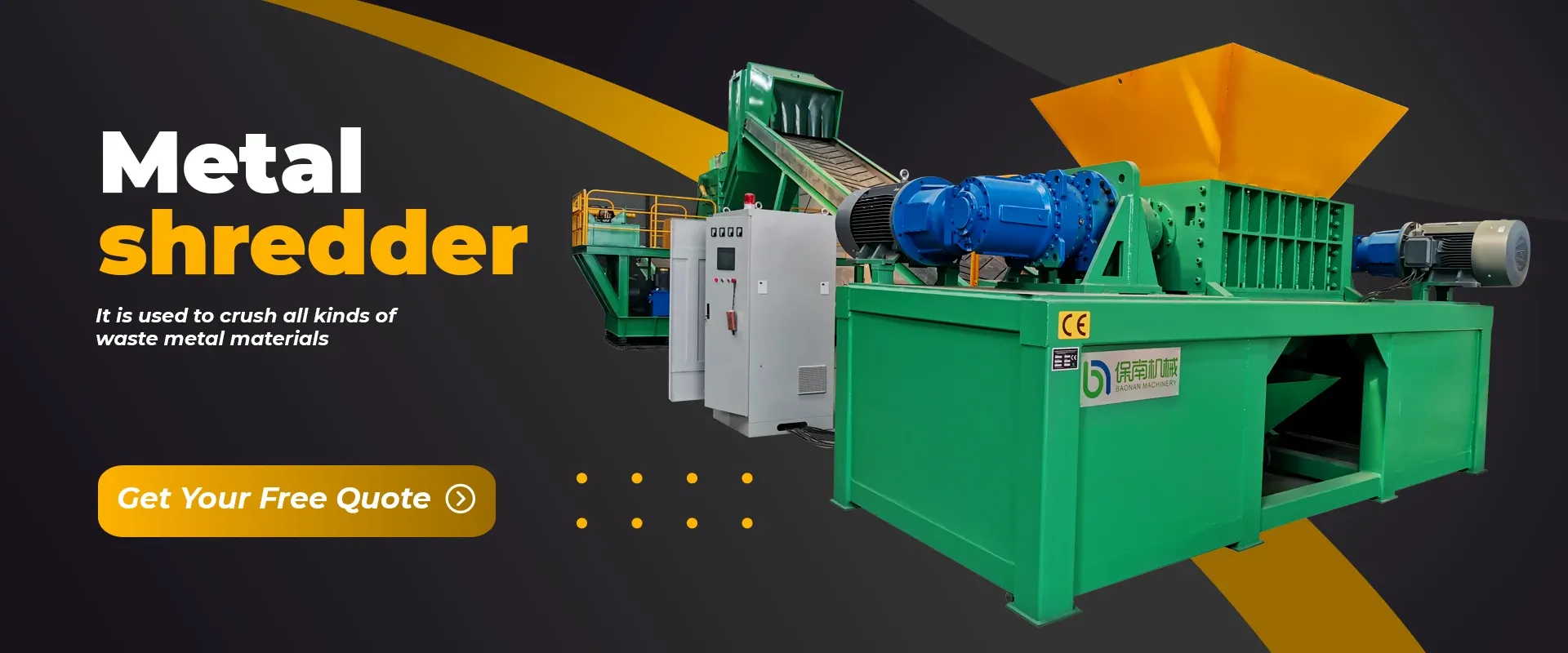
10 月 . 02, 2024 14:19 Back to list
In recycling plants, the sorting of metals is a crucial process that ensures the efficient recovery of valuable materials and the reduction of waste. The sorting process is typically divided into various stages, utilizing different methodologies and technologies to achieve optimal results. Understanding how metals are sorted can offer insights into the effectiveness of modern recycling initiatives.
The initial step in metal sorting often begins with the collection and transportation of scrap metal to recycling facilities. Once the materials arrive, they undergo a preliminary shredding process. This shredding reduces the size of the metal pieces, making it easier to sort them later. After shredding, the materials are usually mixed with other types of waste, which necessitates further sorting to separate metals from non-metallic items.
One of the key methods used in sorting metals is magnetic separation. Ferrous metals, such as iron and steel, are highly magnetic, allowing for their easy extraction using powerful magnets. As the shredded material moves along a conveyor belt, magnetic drums or overhead magnets can pull ferrous metals away from the non-metallic items. This method is highly efficient and is often the first line of defense in sorting metals.
For non-ferrous metals like aluminum, copper, and brass, a different approach is utilized. Eddy current separators are a popular technology for sorting these metals. This system works by generating a magnetic field that induces electrical currents in non-ferrous metals, causing them to repel away from the rest of the materials and into designated collection areas. This targeted separation helps recover metals that are highly valuable in the recycling market.

In addition to magnetic and eddy current separation, manual sorting also plays a vital role in the recycling process. Skilled workers are often employed to conduct visual inspections and manually sort metals based on their types and grades. This step is essential for ensuring quality as it allows for the removal of contaminants and ensures that the metals are appropriately categorized.
After sorting, the recovered metals are often baled or compacted for easier transportation to smelting facilities, where they can be melted down and reformed into new products
. The efficiency of metal sorting in recycling plants not only contributes to the conservation of natural resources but also reduces the environmental impact associated with mining and processing raw materials.In conclusion, the sorting of metals in recycling plants involves a combination of advanced technologies and manual labor. Through methods like magnetic separation, eddy current separation, and manual sorting, recycling facilities can effectively recover valuable metals, promoting sustainability and resource conservation.
Latest news
Unveiling the Power of Eddy Current Separator
NewsSep.25,2024
Transform Your Home Recyclin:home metal shredder
NewsSep.25,2024
The Future of Waste Management with Recycling Line Picker
NewsSep.25,2024
The Benefits of a Metal Recycling Plant
NewsSep.25,2024
Revolutionize Material Separation with Onwang Technology
NewsSep.25,2024
Innovative Waste Management: Unveiling the MSW Sorting Plant
NewsSep.25,2024